| Large pickup truck; Built in Mexico |
|
|
| Good condition price range: $6,000 – $15,000* |
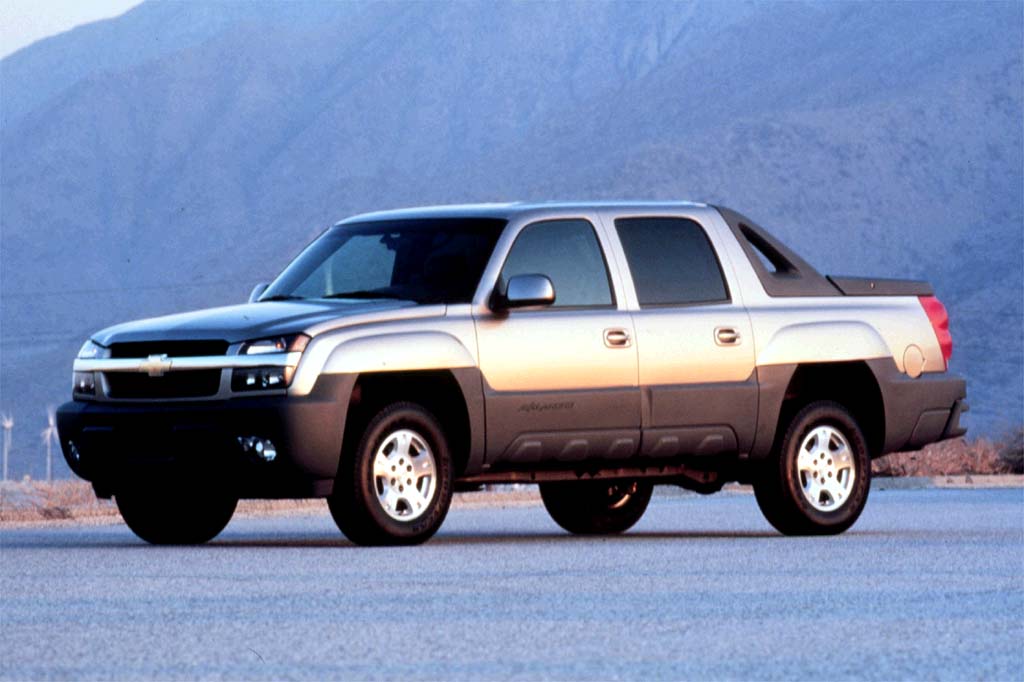
2002 Chevrolet Avalanche
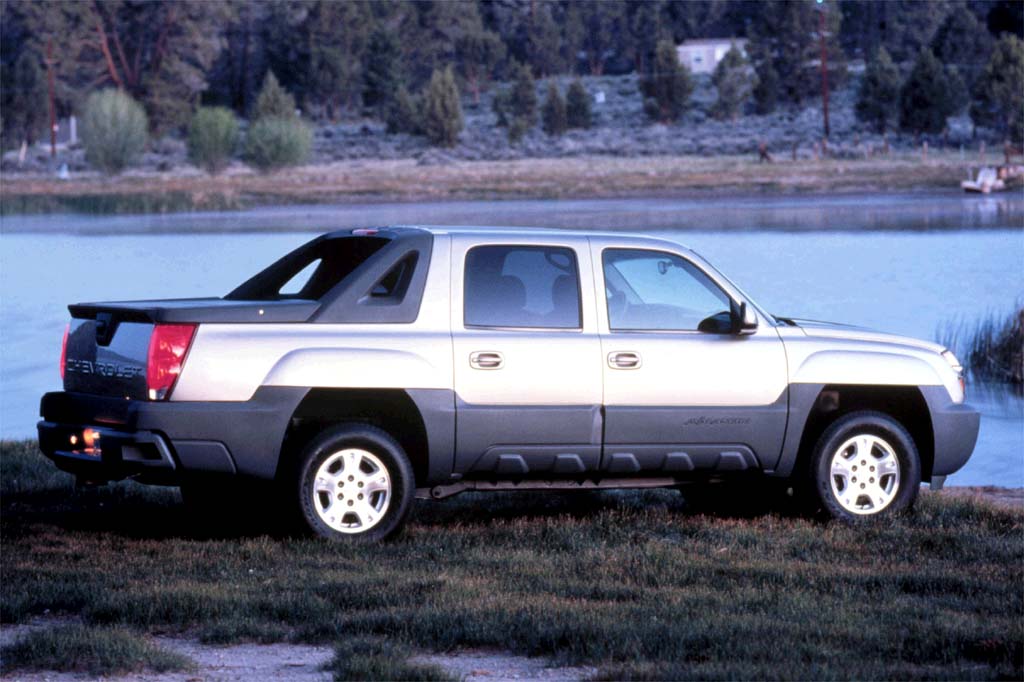
2002 Chevrolet Avalanche
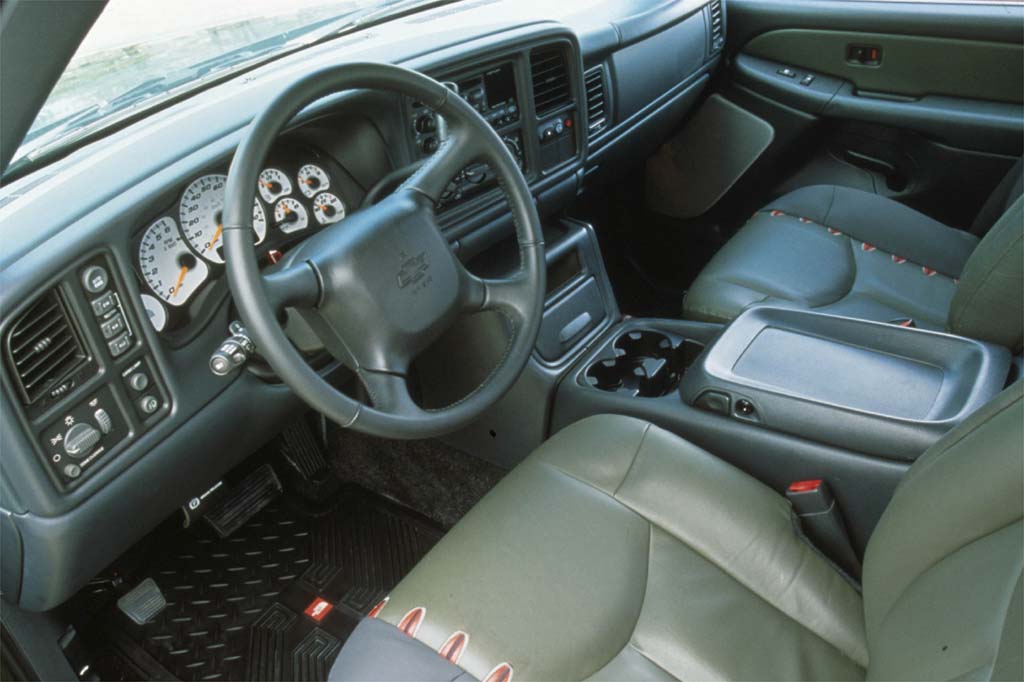
2002 Chevrolet Avalanche interior
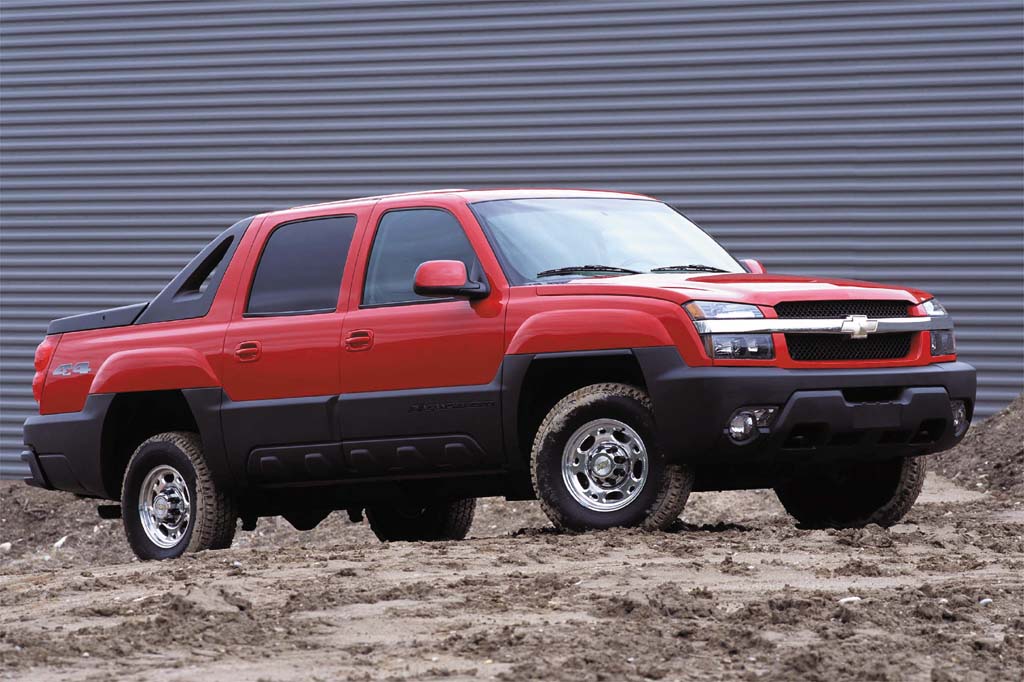
2003 Chevrolet Avalanche
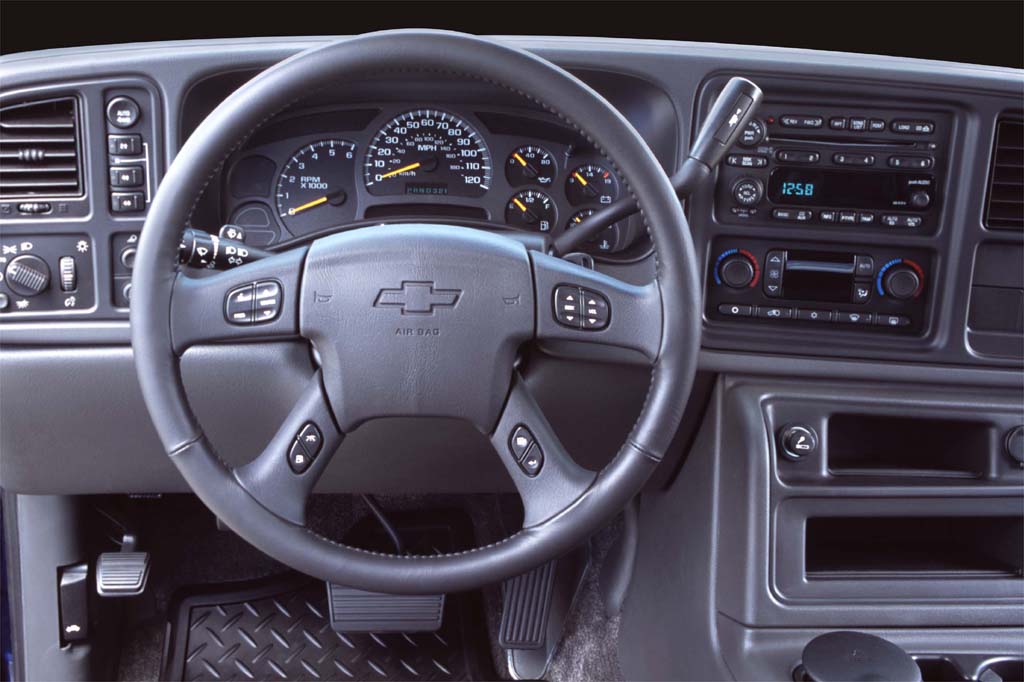
2003 Chevrolet Avalanche interior
| Pros: |
|
| Cons: |
|
For the most part, an Avalanche weds big-SUV passenger room and comfort with big-pickup utility, in an imaginative and surprisingly solid package. Beware of seriously bad weather on really messy roads, though, if the midgate is fully open.
Overview
Chevrolet’s Avalanche could be considered essentially a four-door Crew Cab pickup truck. With four conventional side doors, it might also be viewed as a competitor to conventional full-size pickups, including the Chevrolet Silverado and GMC Sierra Crew Cab, Dodge Ram Quad Cab, and Ford F-150 Super Crew. But the Avalanche is a vehicle with a big difference, ranking as a crossover SUV/pickup with a short bed at the back.
Based upon the full-size Chevrolet Suburban SUV, it uses GM’s innovative “midgate” to separate the passenger and cargo areas. The rear seat folds down and the midgate lowers, to eliminate the usual barrier between the cabin and the bed. Making this move converts the cargo box from its usual 5.3-foot length to a more useful 8.1 feet.
The rear window removes and stores onboard. Bed sidewalls have storage compartments and the tailgate is lockable.
Seating six, the Avalanche had standard bench seating but front buckets were available. Options included leather upholstery, heated front bucket seats, and a power sunroof.
A 5.3-liter V8 engine powers the Avalanche 1500, which has a half-ton payload. The heavy-duty 2500 series gets an 8.1-liter V8, along with a bigger gas tank (37.5 gallons rather than the 1500’s 31-gallon size). Both models work with a four-speed automatic transmission.
An Avalanche might have rear-wheel drive with optional traction control, or GM’s AutoTrac four-wheel-drive system that included low-range gearing and could be left engaged on dry pavement. The 2WD 1500 offered rear self-leveling and a Z66 onroad suspension package, while 4×4 models could get a Z71 offroad suspension.
Front side airbags and antilocking all-disc brakes were standard. GM’s OnStar emergency/communications system was an option. An Avalanche 1500 could be equipped with “North Face” trim, created in cooperation with the outdoor clothing/equipment maker.
Towing capacity is 8,300 pounds on the 1500 model, and 12,000 with the 2500. Cadillac offered a luxury Escalade EXT model with the same “midgate” construction but different styling and standard all-wheel drive.
Yearly Updates
| 2003 Avalanche Though standard in the Avalanche’s first season, front side airbags slipped to option status for 2003, part of a Personal Security group that also included GM’s OnStar system. The dashboard was redesigned, and a rear-seat DVD-based video entertainment joined the options list. Other new options included power-adjustable pedals and an XM Satellite Radio setup. |
| 2004 Avalanche Antiskid control is newly available on 2WD models of the crossover pickup for ’04. |
| 2005 Avalanche GM’s OnStar assistance became standard during the ’05 model year. New ’05 options include an integrated audio/navigation system with touch screen and a chrome package with LS trim. |
| 2006 Avalanche No changes for the 2006 Avalanche. |
